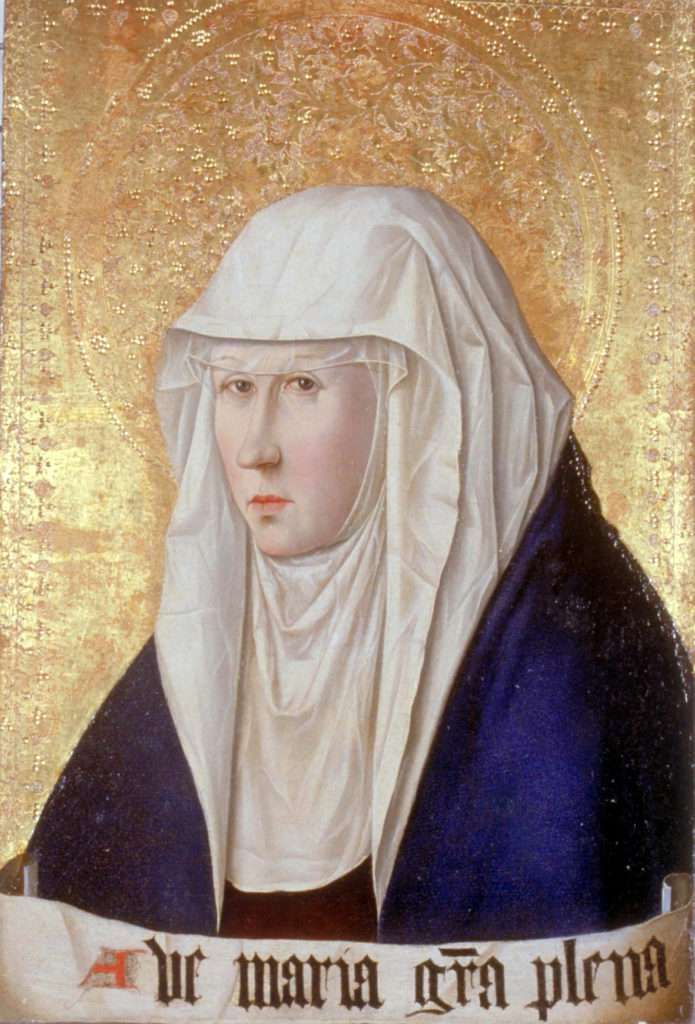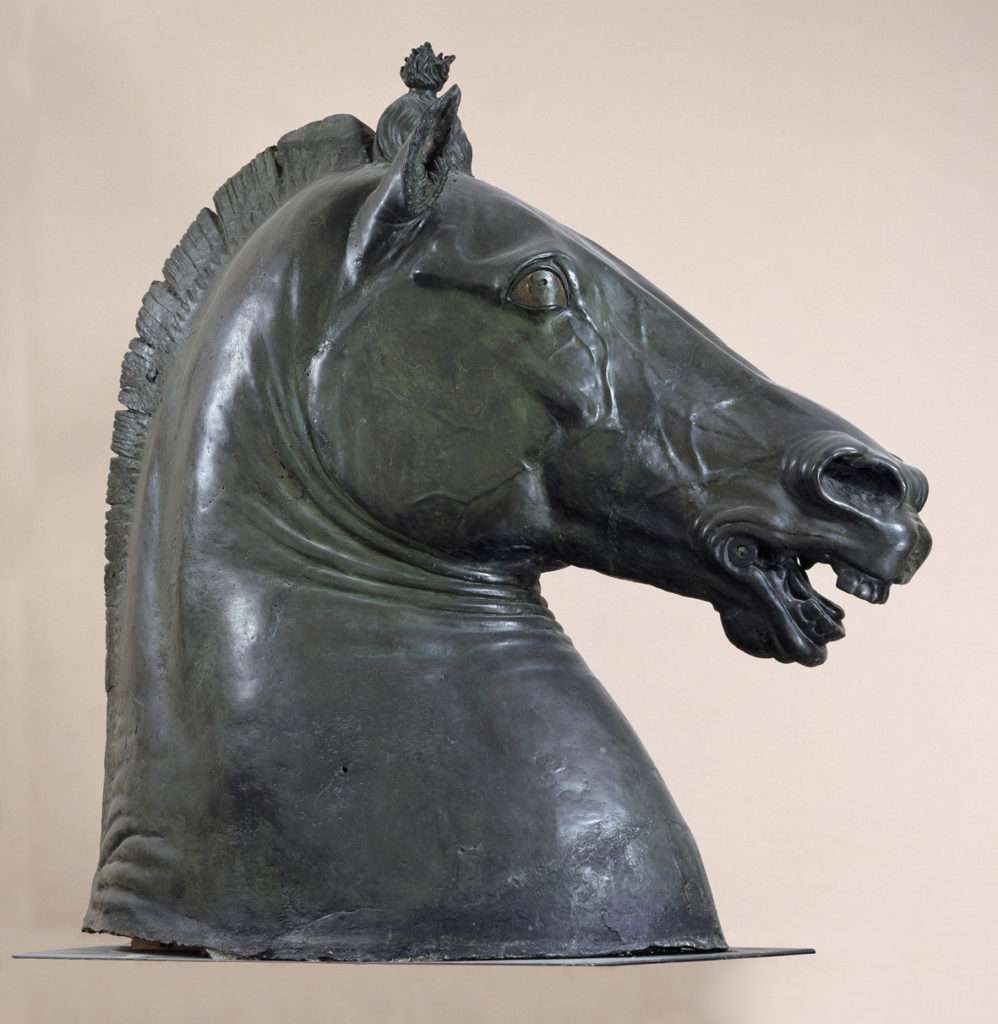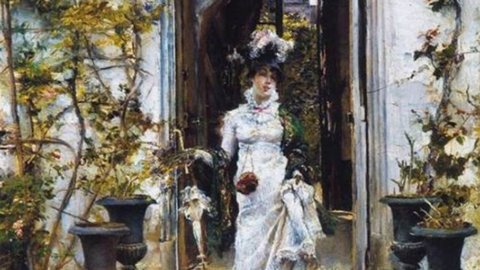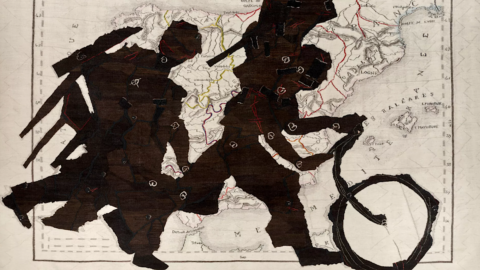Matera, European Capital of Culture for 2019, offers in the frame of Lanfranchi Palace a really interesting exhibition, with 226 works including paintings, sculptures and other objets d'art.
Southern Renaissance. Southern Renaissance: it was the title of one of the two volumes of "The Universe of Forms" by André Chastel from 1965 with an overview of all of Italy from north to south. The curators of the Matera exhibition, on the other hand, wanted to underline the Mezzogiorno more precisely, Renaissance art in its Mediterranean context, along this "great century" which goes from the mid-fifteenth to the mid-sixteenth century.
Maps and globes in the windows of Matera: a way for the designers to underline that, contrary to popular belief, southern Italy, at the end of the Middle Ages, was anything but a landlocked world.
The diaspora of Christian artists caused by the capture of Constantinople in 1453; Crete and Candia became refuges and the tradition of the icon began to circulate, in which a southern Italy that remembered being Byzantine was easily recognizable. A contribution to the exhibition is offered to the European Renaissance and to Naples.
Too often, the stories are written without Naples, or with too little space for the great Angevin and then Aragonese season. While another Renaissance is developing precisely in the south often anchored to the rich regional heritage reinvesting the forms of antiquity: think of the Pisanello medals. Furthermore, it is precisely the Aragonese rulers, who benefit not only from the arrival of Spanish and Catalan artists, but also from the arrival of Flemish works. The Matera exhibition highlights the influence exerted by the arts of the north on figures such as Colantonio and the young Antonello di Messina. The triumphal journey of Charles V in Campania, after the conquest of Algiers, would have brought a brilliant conclusion to this polyphonic and prestigious phase of southern culture.

Among the main works on display is the fifteenth-century Carta del navegar by Albino da Canepa, together with many other maps, globes, pilot books and navigation instruments. The large perspective plan of Venice by Jacopo de Barbari compared with the View of Naples from the Certosa and Museo di San Martino, medals and illuminated sheets that tell the story of the protagonists of the historical event that the exhibition illustrates, accompanied by the majestic Coronation of Alfonso II d' Aragon from the Bargello.
The Martyrdom of Saint Lucia by Martorell from Barcelona with the recently restored Saint Lucia by Alvaro Pirez of Nola, The Adoration of the Magi from Van Eyck in the Royal Museums of Turin, precious works by Colantonio and Antonello da Messina, including the Reggio Calabria tablets, two works by Jacomart Baço alongside works by Spanish painters active in Sardinia such as Thomas and Figuera and then Francesco Laurana, Domenico Gagini and the superb Horse head by Donatello, from the Archaeological Museum of Naples.


The Annunciation by Bartolomeo Vivarini from Modugno, the San Girolamo by Lazzaro Bastiani from Monopoli, the polyptych by Michele da Valona di Guglionesi, to illustrate the relationships of give and take on the Adriatic shore. And then books, codices, the Bust of Charles V by Montorsoli, the Portrait of the Sultan Suleiman by Hieronymus Hopfer, but above all the preparatory study for the Madonna of the Fish by Raphael and related paintings by Cesare da Sesto, Girolamo da Salerno, Giovan Francesco Penni, Giovan Filippo Criscuolo and the notable Andrea Sabatini. Large polyptychs from internal Basilicata and Venetian works that arrived in Puglia, including paintings by Lotto, Pordenone, Paris Bordone and other works that will surprise visitors to end up with masterpieces by Polidoro da Caravaggio and Pedro Machuca»





